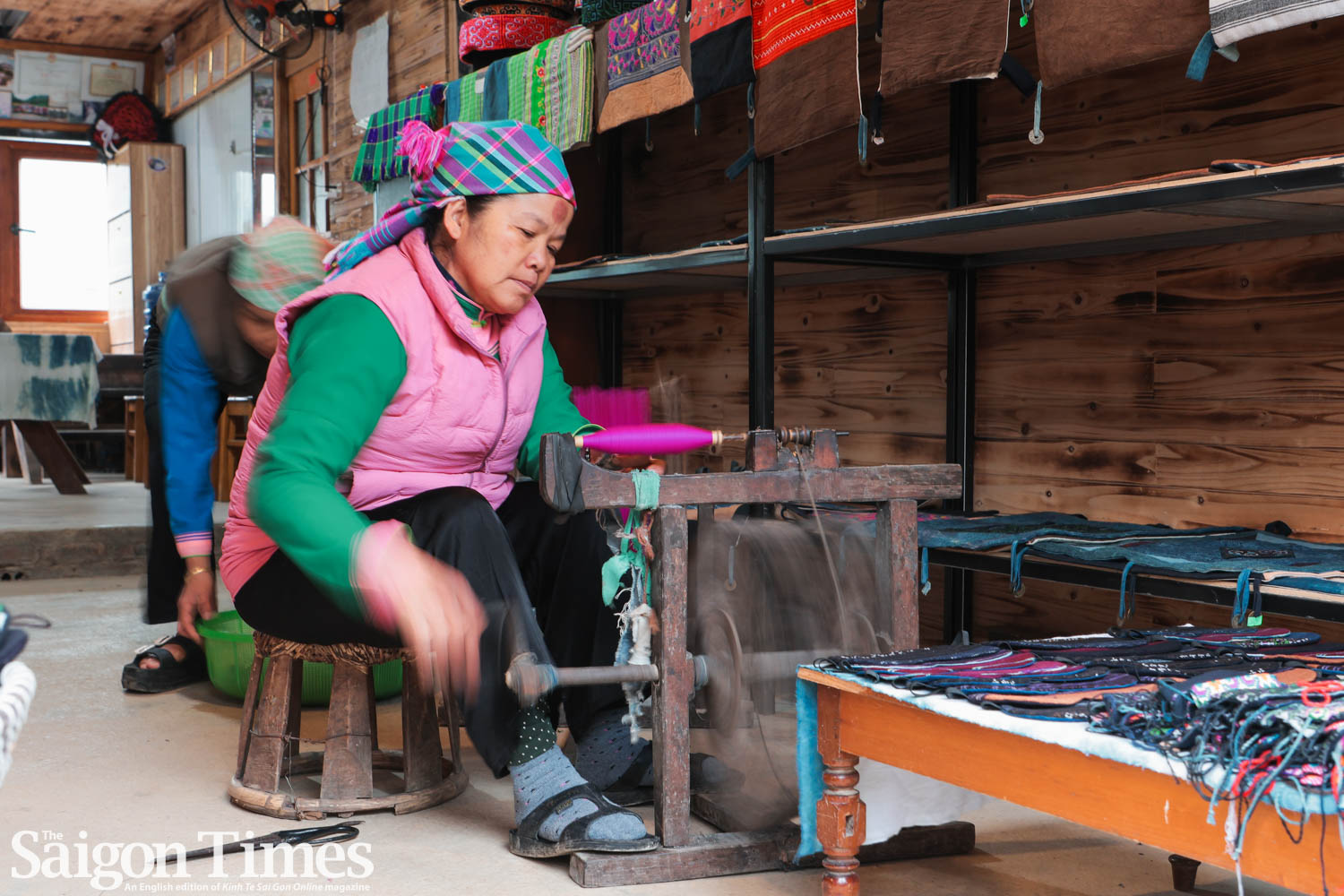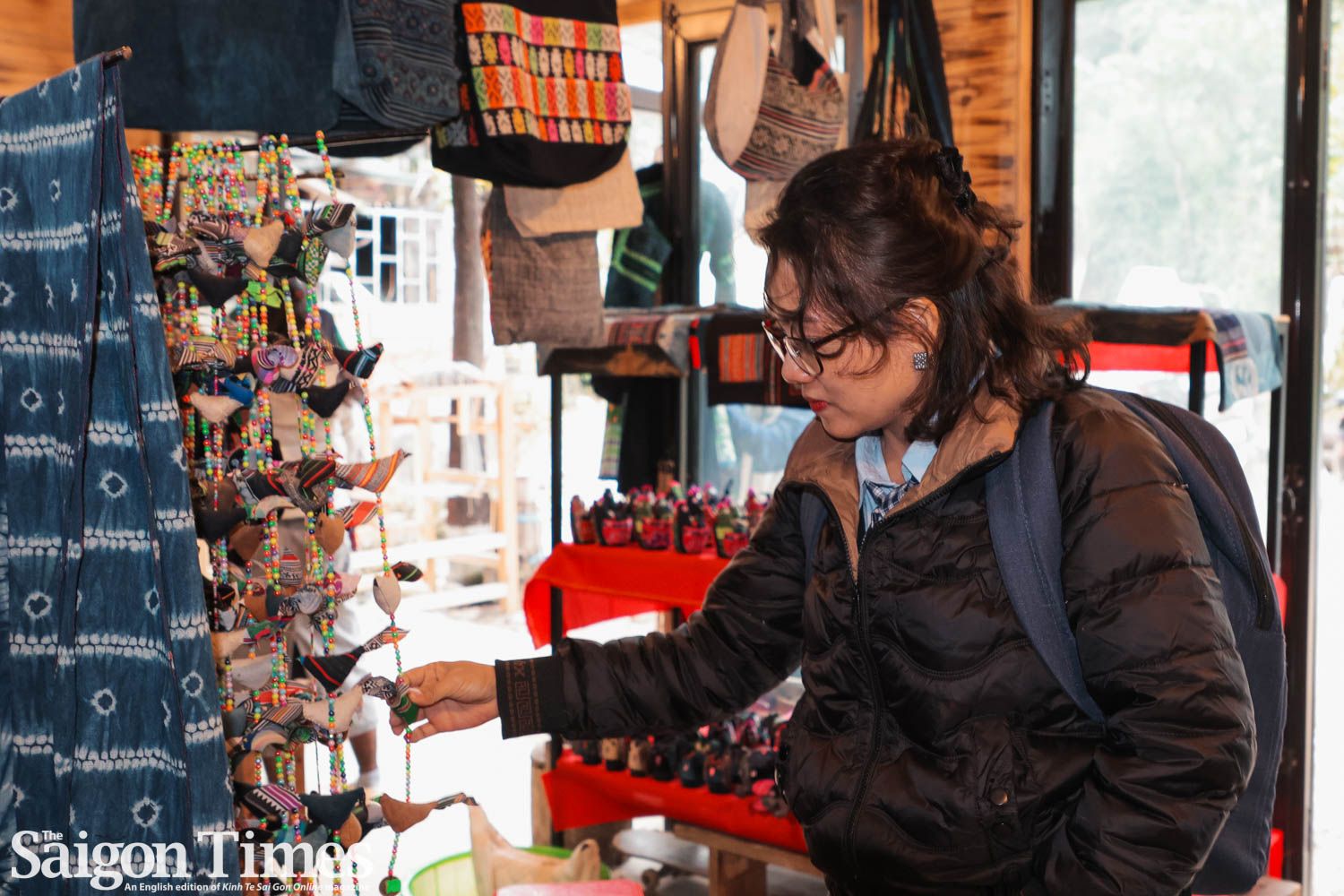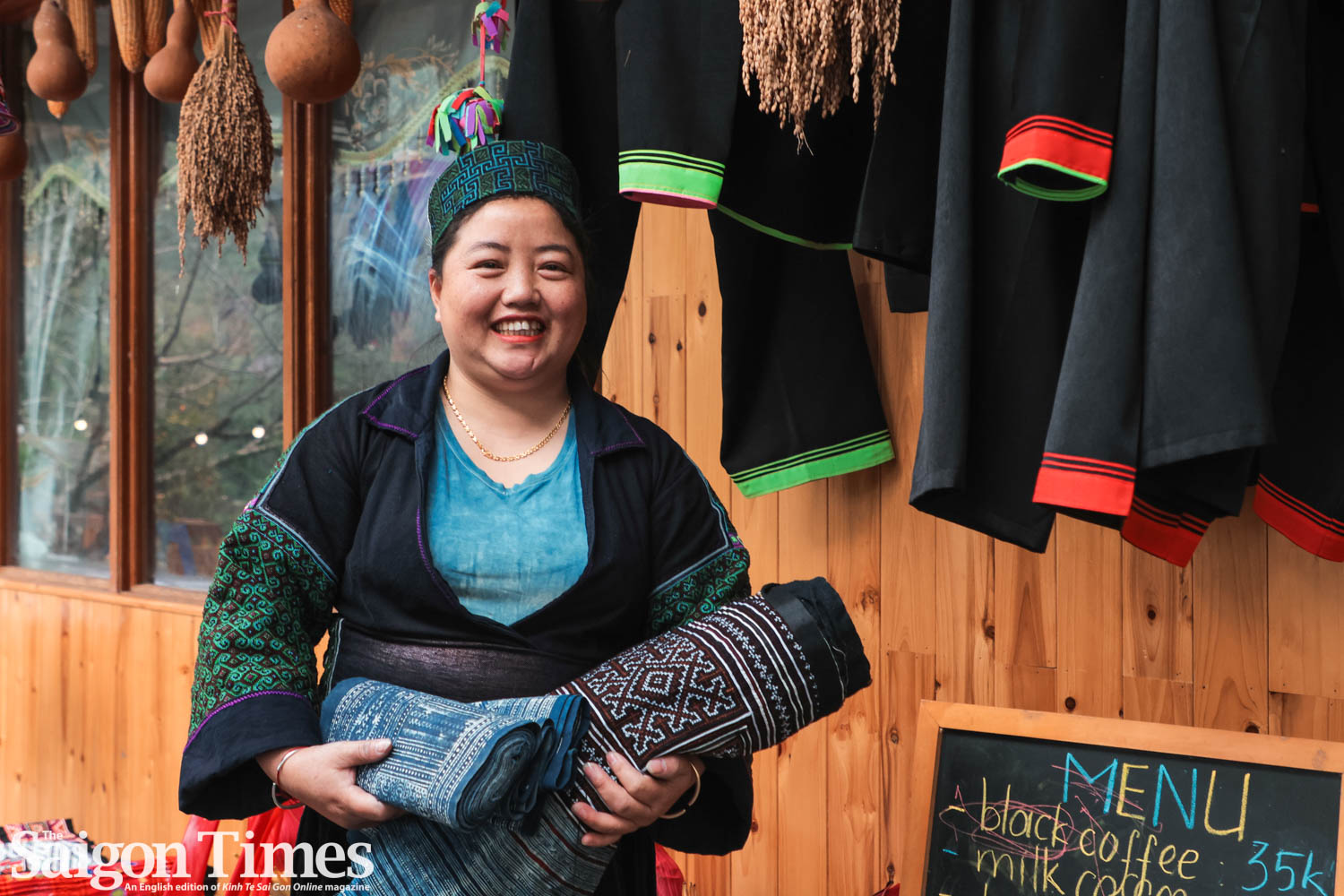LAO CAI – In Ta Van Commune, Sa Pa Ward, Lao Cai Province, life has long followed the rhythm of the mountains and the fields. For generations, women in this ethnic minority community have always carried heavy responsibilities, balancing farming, household work, and traditional crafts. Now, subtle shifts are emerging. Women from ethnic minority communities are taking on new roles—learning to navigate digital tools, manage small businesses, and connect with broader markets.
These changes are not the result of a single program or individual. Across Lao Cai and neighboring Son La, over 200 businesses and organizations—including ethnic minority women and people with disabilities—have strengthened their digital capacities and joined a growing, sustainable, and connected digital ecosystem. One subproject supporting this transformation is the Inclusive Digital Acceleration Program (IDAP), implemented locally by KisStartup under the broader Gender Responsive Equitable Agriculture and Tourism (GREAT) initiative. The A$67.4-million project aims to equip women with digital skills and access to online resources so they can participate more fully in Vietnam’s digital economy, maintain livelihoods, and benefit from improved income and well-being.
Sung Thi Lan, a Mong woman born in 1989, is one participant in this network. She co-founded the Muong Hoa Cooperative in Ta Van in 2018, focusing on traditional brocade weaving. Initially, the cooperative had nine members, relying entirely on sales to tourists who visited the village. When Covid-19 disrupted travel, the group faced immediate hardship. And like many small enterprises in the region, the cooperative had little exposure to online marketing, and digital literacy was limited.
“When we first began, our operations were not yet stable. We had no experience with online sales, and the internet barely reached our village. Everything depended on customers coming directly to us. Then Covid-19 hit, and we had to close completely for three months. During that time, we did not know what to do,” Lan recalled.
The arrival of IDAP marked a turning point. Through a series of training workshops, participants were introduced to basic digital business practices: posting products online, managing fan pages, responding to customer messages, and keeping simple records of orders and finances. For many, these were unfamiliar concepts, but slowly they became part of daily routines. In the case of Muong Hoa, members used their own phones to photograph products, create content, and manage online interactions. What began as small steps gradually built a foundation for digital presence and resilience.
Over time, the cooperative explored new ways to sustain its business. Training sessions encouraged participants to rethink traditional models of selling crafts and to consider alternative revenue streams. Muong Hoa began supplying recycled textiles to fashion designers, repurposing leftover fabric and scraps into new materials. This approach reduced production costs, responded to emerging interest in sustainable fashion, and provided more stable income than reliance on seasonal tourism. The cooperative also developed experiential tours, allowing visitors to learn about dyeing techniques, wax painting, local culinary traditions, and other cultural practices.
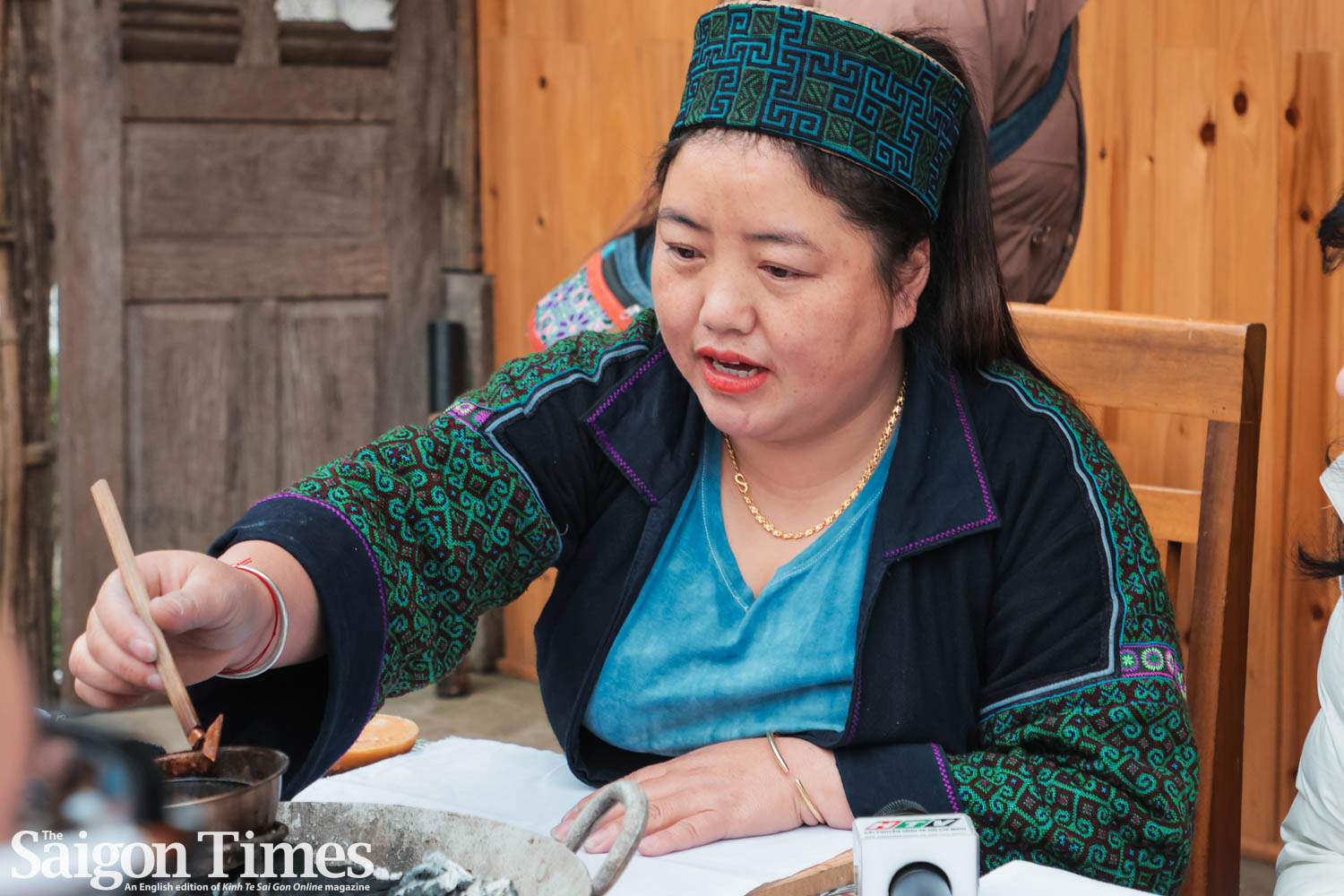
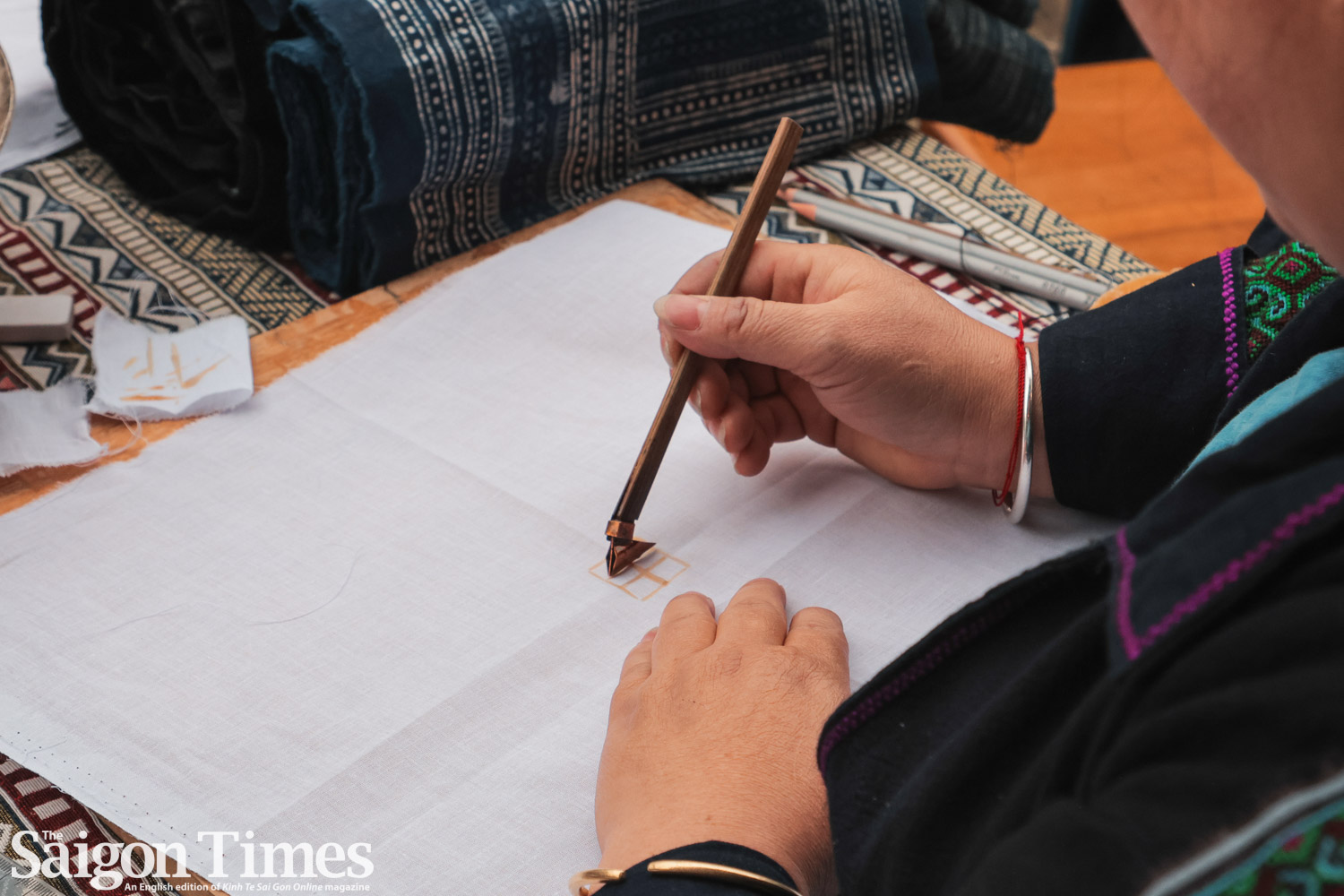
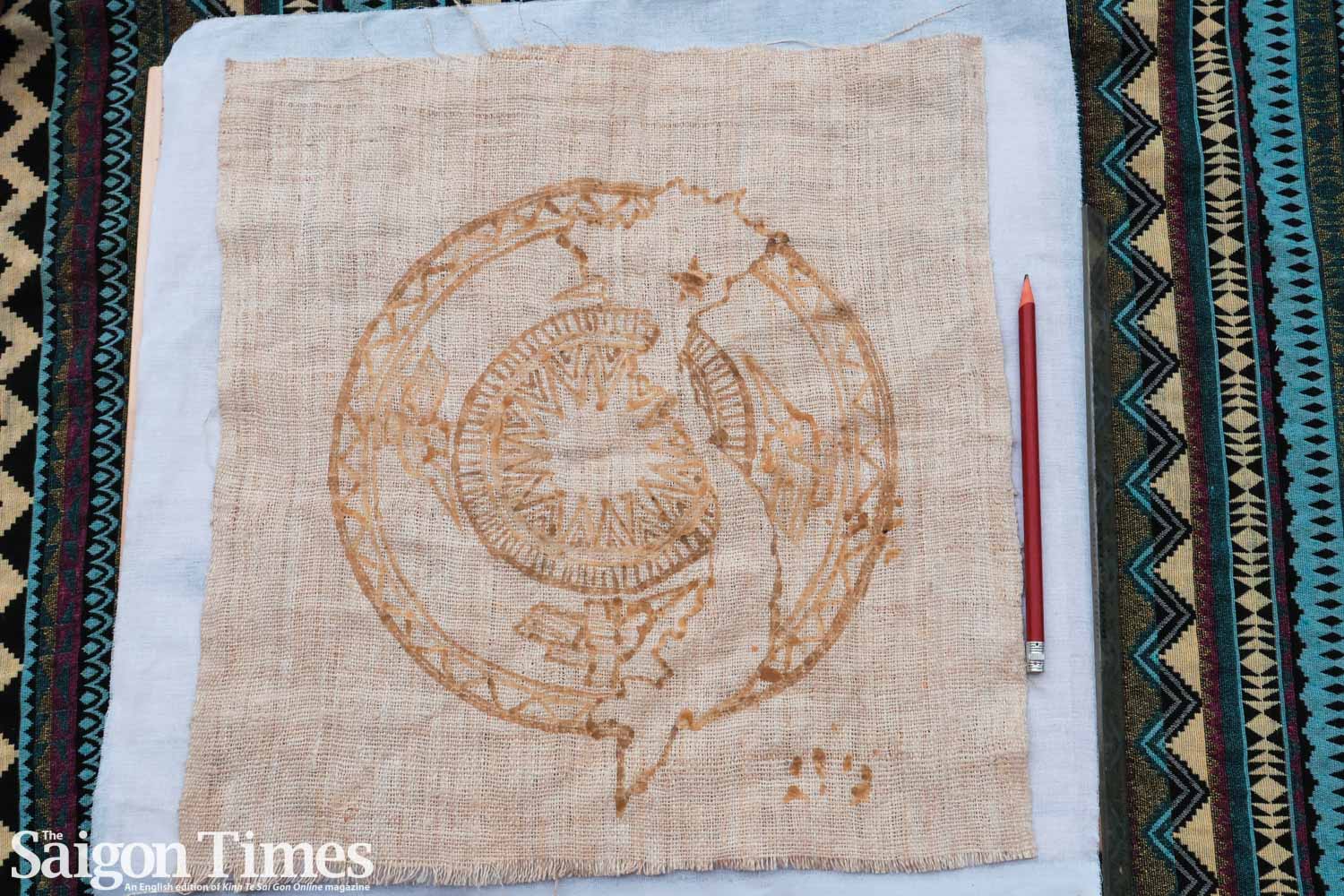
Across Lao Cai and Son La, other businesses have followed similar paths. IDAP’s digital trainings have helped over 200 enterprises incorporate online tools, with some using paid services to increase revenue. Women-led businesses have leveraged platforms like Facebook and Zalo to reach new customers, while small data management practices—such as maintaining records of orders and customer contacts—have allowed them to track performance and adjust strategies. Many participants have begun to see themselves as more than just craft producers. Digital literacy has become a pathway to independence, allowing them to manage finances, make decisions about production, and mentor peers in their communities.
The impacts go beyond individual livelihoods. As more women participate in the digital economy, they are influencing social norms within their households and villages. Where women were once primarily confined to household labor, they are now contributing to decision-making and shaping economic activity. The shift has also fostered a sense of leadership and confidence among participants, empowering them to advocate for themselves and their communities.
When asked whether joining the cooperative changed her role at home, Lan explained: “When women have income, our role becomes stronger. Here, men are still considered the main pillar, but if a woman raises a chicken or a duck and wants to sell it, it now requires the agreement of both husband and wife. So when a woman has her own earnings, she can make more decisions in her family and her role is elevated a bit.”
Muong Hoa Cooperative illustrates the potential of digital tools to stabilize and diversify small businesses. Members coordinate production across multiple villages, ensuring that orders are fulfilled efficiently despite geographic dispersal. Even simple practices—posting regularly online, responding promptly to inquiries, and sharing the story behind each product—have helped build trust with customers and attract new markets. The cooperative now works with over 300 households, creating roughly 200 jobs for women, both full-time and seasonal.
Its success is emblematic of a broader pattern: small, incremental adoption of digital practices can transform community enterprises and expand economic opportunities.
“Australia’s flagship equality partnership, known as the GREAT program, is not only supporting women to build businesses in agriculture and tourism, it’s also working to change the business and policy environment so that the economic empowerment of women is sustainable in the future,” said Gillian Bird, Australian Ambassador to Vietnam. “It is inspiring to see the very real changes to the lives of people like Ms Sung Thi Lan, Director of Muong Hoa Cooperative, whose successful business helps support 300 other households in her community and in communities nearby.”
